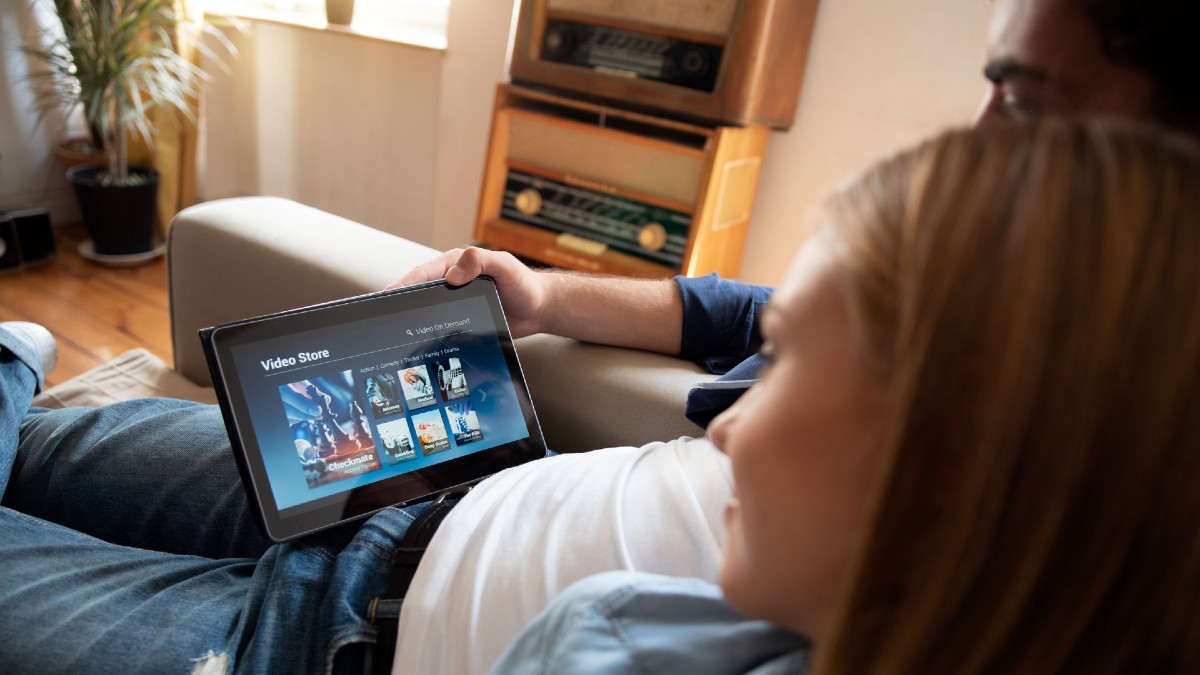The coronavirus pandemic has turned upside down companies’ marketing plans for 2020. Most businesses have had to remodel their advertising strategies to adapt them to the post-COVID-19 reality. This change also involves a very sensitive aspect within any audio and video advertising campaign: the message. After all, what should be said and avoided in this unprecedented circumstance? How do you find the balance between indifference and annoyance to navigate these waters and find a way to truly connect with your audience?
Each brand has tried to find its magic formula throughout the confinement but, now that Europe is leaving behind the most severe phase of the crisis, it is necessary to change the approach in order to adapt as much as possible to the current circumstances. Of course, there is no point in going back to pre-COVID standards, those cannot show us the way any more. So what can be done to find the right course and properly focus video and audio advertising messages in the new normal?
Video ads: envisioning a new life beyond the virus
The Coping with COVID-19 observatory of the US Ad Council stresses that, in the early days of the health crisis, users were reluctant to accept announcements that lacked empathy and awareness regarding the seriousness of the situation. The audience found it quite inconsiderate to contemplate images of people kissing, shaking hands, or hearing appeals to purchase unnecessary products at excessive prices during a time of rising unemployment.
To overcome disengagement, the secret is to put yourself in the shoes of the target audience, something that has led brands to adopt three successive approaches in their video messages. The first was based on maintaining a helpful attitude during the epidemic, explaining the actions taken by the brand to protect their workers and customers and promote their well-being. These would include the implementation of security measures for the staff, the reorganization of production for a social purpose, or the granting of deferments in the payment of products or services.
The second period is characterized by the reduction of contagion and the beginning of the de-escalation of confinement measures. Social commitment gives way to a practical communication of the advantages and benefits of the product or service in the new normality. Consumers want to know how the brand will support them during this time, and they appreciate facilities such as the elimination of shipping costs or the possibility of free cancellation.
Finally, in a third phase that we will navigate in the coming weeks, it is time to leave behind the advertising that refers expressly to the coronavirus. The population is starting to show signs of being fed up: this is proven by one of the recent Ad Council surveys, which found that 64% of participants are proactively looking for sources of entertainment to forget about COVID-19, whether in the form of TV, videos or games.
Effective video advertising messages in post-COVID society
To respond to this widespread need to move on, video advertising messages must take on a positive, hopeful and light-hearted tone, a clear contrast to the solemnity of the typical ads during the confinement period. One way to achieve this is to exploit the target audience’s curiosity: the video must surprise or discover something unknown, and the revelation must live up to expectations.
On the other hand, the message has to be contextualized within the post-COVID audiovisual consumption habits. As people spend more time at home, formats like live-streaming e-commerce have become more popular, blurring traditional prime time. We have to think about users who watch content in the early morning or connect to their digital devices to watch VoD first thing in the morning.

Audio announcements: the power of emotions in the new normal
The trend is similar in digital audio. As highlighted recently by Spotify at the LoveAudio virtual meeting, 56% of listeners use online audio content as an escape route from excessive visual stimuli and information overload. We also noted that the coronavirus crisis had given a boost to digital audio consumption, with a great boom in podcasts and shared listening at home.
In order to create the post-COVID messages for audio ads, there is an unavoidable commandment: segmentation according to context. Depending on the time of day, the location, the device used or the type of playlist selected, it is possible to identify users who listen to music or podcasts while cooking, cleaning, exercising, working, resting or having meetings with family or friends. Therefore, to get their attention, an integrated conversation must be generated in these situations.
Spotify suggests triggering emotions and evoking sensations through resources such as 3D audio or ASMR, as well as using description, sound effects, familiar voices or popular jingles to build advertising messages that generate brand recall and move the listener into action.







